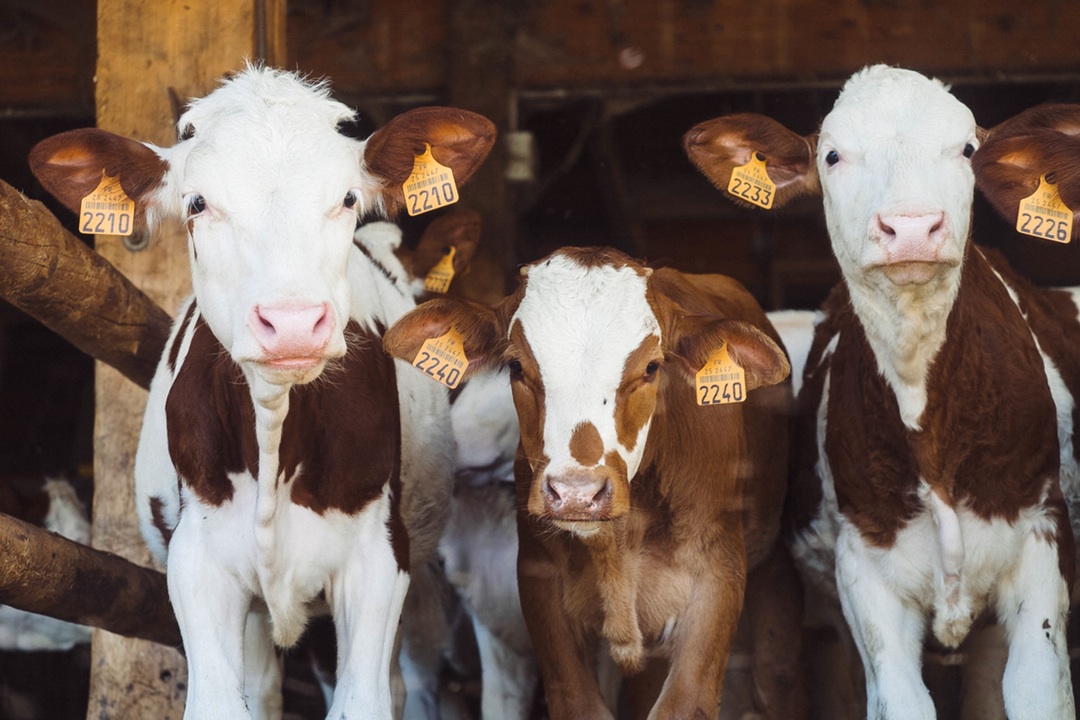Animals
The Subsidizing of America’s Dairy Industry: How it Started & Why Taxpayers are Still Forced to Do It

Got milk? Truth is, whether you do or not, the facts are in and you don’t really need milk (or any dairy products) to be healthy. Turns out lots of other easily purchased (or grown) foods contain just as much (or more) calcium, protein, and potassium after all. Also, research studies have shown there’s actually no connection between increased dairy intake and diminished bone fragility either. Additionally, a large portion (around a quarter or more) of the U.S. population can’t even digest dairy products at all. On top of that, issues with trade, worldwide dairy purchasing, and an overall decrease in demand have pushed dairy down into its rightful decline. Knowing all of this makes curious minds wonder: Why are Americans still subsidizing this dying industry (check out this MarketWatch explanation of current trends at $20 million last year alone), and where did the myth of our “need” for dairy came from in the first place? Let’s find out.
A peek at U.S. history
Originally milk was a small industry, with most dairy being consumed by very small numbers of people, mostly in response to geographical challenges. Living in severely cold regions with long winters in areas where growable food was scarce, dairy became a staple for survival purposes. But then, according to Vox, during World War I, the United States government starting sending massive amounts of milk (normally the canned and powdered versions) overseas to help American soldiers prevent malnutrition. American farmers, then, responded to this influx by upping their milk production substantially and phasing out other products entirely — which was fine while the war continued…but clearly became a problem when the war ended and the need for sending milk overseas subsided. Curiously, the response to the growing surplus was, rather than to diminish dairy production and begin to gradually return to the original production amounts of other products, the dairy industry and government opted to instead convince the American people they needed to drink more milk!
Convincing the people they need more milk
This took various forms. The national student lunch program of 1946, for example, required U.S. Public schools to have a full serving of whole milk in every lunch. Additionally, milk “education campaigns” started and encouraged children to drink up to four glasses of milk per day. In spite of these actions, there was, however, still remaining a massive surplus of dairy in the 1940’s and 50’s, which resulted in the U.S. government starting to purchase the surplus for programs in the public schools, U.S. military and food aid to other countries – which ended up costing billions annually. Nevertheless, huge amounts of surplus butter, cheeses and dried milk still lingered.
But then things changed…(and then shortly after that they went back to the same thing again)
Later, however, in the 1980’s, the Reagan Administration stepped in and ended the surplus buying program. Of course, dairy industry leaders did not approve of this change, and subsequently convinced Congress to create the “Dairy Checkoff” program in response. This required dairy farmers to pay fees into the Checkoff which was then to be used toward advertising campaigns in hopes of increasing consumer dairy consumption. The USDA would then approve all the campaigns. These arrangements became part of an ongoing situation, and much of it continues today (think of the current “Got Milk?” milk mustache ads, for example). Fees also contribute to partnerships currently with restaurants like Domino’s and Starbucks to create dairy-laden products on each menu – many of which exceed other nutrient limits for the day (i.e. fat content) in order to promote the dairy portion.
The dietary guidelines raise an eyebrow
All in all, this means that the federal agencies in charge of writing our nutritional guidelines are also in charge of a multi-million dollar ad campaign to promote foods unnecessary to the diet. Vox makes things crystal clear by stating, “Meanwhile the dairy industry gives millions to politicians who protect their interests every time the nutritional guidelines come up for review every five years.”
Currently, our federal dietary guidelines still recommend 3 servings of dairy daily – but why, when they’ve been proven unnecessary to the diet? There is currently 800 million pounds of excess cheese and 272 million pounds of excess butter according to the USDA, and millions of gallons of excess milk are literally being dumped onto fields annually — 78 million gallons have been dumped in the Midwest and Northeast this year already! This is an additional 86% increase from amounts dumped last year at the same time. Who is to blame? We can see the lobbying strength of the dairy industry at play here. Our U.S. government has been known to cave for industry before, even to the point of altering it’s own dietary guidelines due to their influence. Looks like it’s time to demand some answers and make some changes. If you’re ready to try any of the numerous alternatives to dairy, check out this website, and then contact your representatives to tell them what you think about this issue.





0 comments